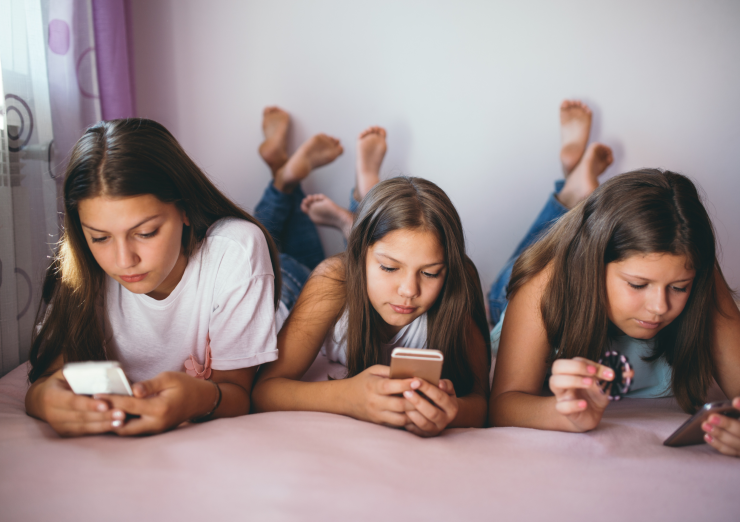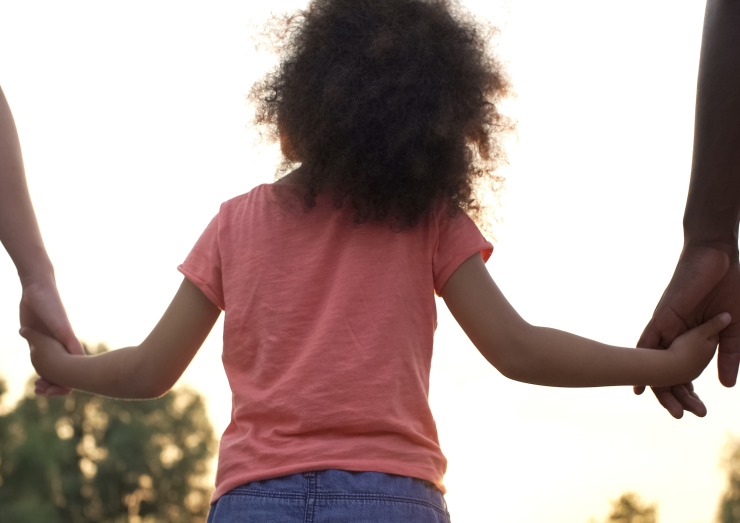Helping children to understand the internet and how to use it is critical in today's digital landscape. When we think about keeping our children and young people safe online, we need to move away from restriction to moderation and empowering them to be resilient. We need to be able to promote digital competence and resilience.
Explore our collection of resources, developed by Dr Vicki Walker and Jane Poore. The publication date of the materials will span over the next 12-18 months. Delve into the impacts of online use on physical and mental health, particularly in adolescent development. Explore topics such as addiction, gambling, and the role of social workers in assessments.
Learn about how prospective adopters and carers can navigate social media responsibly. Discover strategies to safeguard children from online harm and stay updated on the evolving landscape of child protection online. Access resources to empower children and young people in enhancing their resilience and critical thinking for safe online navigation. Join us as we equip professionals and carers with the tools to manage digital risks effectively.

Adolescent development
Adolescents continue to develop with clear changes in their brain’s neural pathways. This is exhibited with sometimes challenging behaviour as they try to work through their emotions and their place in the world.
See more
Mental health
The negative mental health impacts of social media and online content is worthy of discussion and considered thought. This moves beyond ideas of cyberbullying and trolling/abusive interactions to misinformation and disinformation which can lead to increased vulnerability for health, relationships, radicalisation and isolation.
See more
Physical health
Impacts on physical health can be both positive and negative with many resources available to support children and young people with specific health conditions or offer appropriate information around risk taking behaviour.
See more
Digital resilience and resources for young people
Resilience is defined as the ability to cope and come back from setbacks, facing a crisis calmly and managing to move on from negative situations.
See moreAdvertisement

Content, addiction and behaviour
Self-generated content is one of the fastest growing areas of online use and is particularly difficult to regulate for a number of reasons, but the positives and negatives need to be considered. We will think about content and behaviour online. It is important to reflect on the impact of viewing significant violence or pornography, fake news and disinformation, and ‘doom scrolling’. Whilst also being aware of gambling and addictive behaviours, and the negative consequences of these as well as the impact of scams.
See moreComing soon

Child protection
This topic may be more familiar as it deals with abuse and exploitation that we also see in real life. However, the use of the online world in criminality and the overlap between online and real life is important and there are specific vulnerabilities online.
Coming soon
Professional curiosity about online risk
We will consider how we can make discussing online life activities and social media use a part of everyday assessment and conversation.
Coming soonAdvertisement

Social media in assessments of carers
Any assessment of potential carers, whether adopters, foster carers or kinship will involve an assessment of their use of the internet. Online life and social media are integral parts of life for professionals as well as carers and parents.
Coming soon